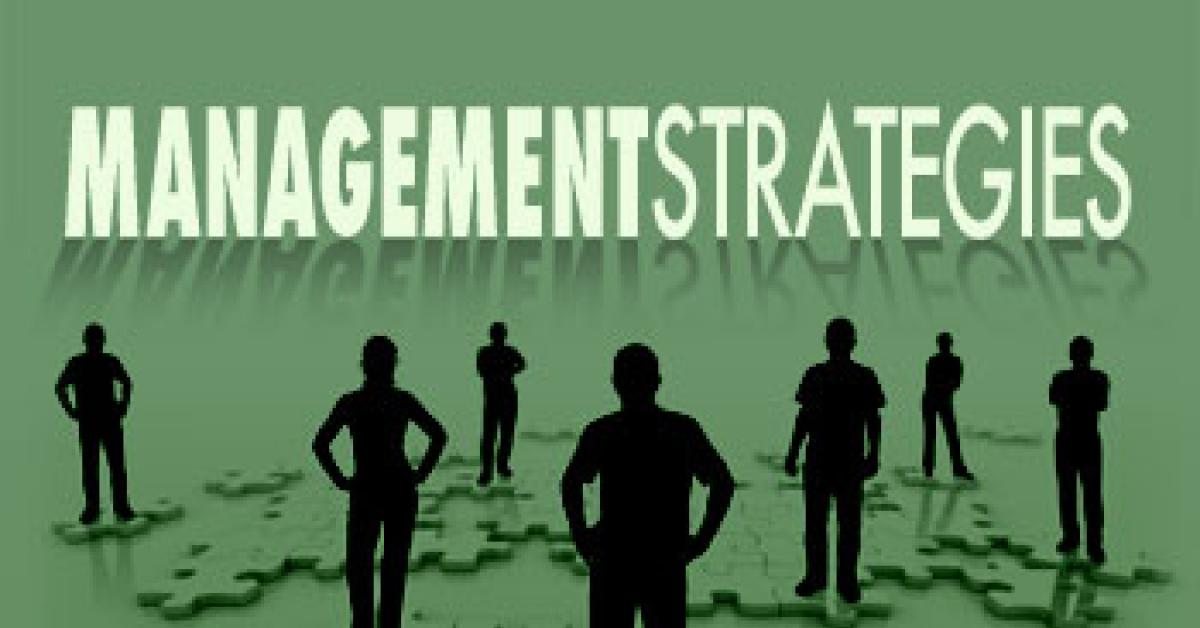SAN FRANCISCO — Are you thinking of changing or adding solvents? Are the various considerations adding to the complexity of making your decision? You are right to weigh all the issues, so perhaps we can outline some of them to help simplify your conclusions (for now).
Whatever choices you make, they may be only temporary because of the dynamic environment in which you operate your business.
This temporary nature is also true for this major decision regarding your choice of solvent(s), but the expense of a change complicates it further and limits the number of times you can make a change, so planning ahead is essential.
THE CONSIDERATIONS. For the purposes of this column, we are leaving the discussion of the negative effects of perc and other solvents to others. But the net effect of the perception-versus-reality argument is that many perceive dry cleaning as being “bad.” In addition to having a major impact on dry cleaners, that perception directly influences the thinking of politicians, regulators, landlords and consumers.
Your mission is to evaluate the impact on your operation.
The following list includes factors to be weighed to determine if you should continue with the solvent alternative you now use, make a minor adjustment, or if you need to make a major change resulting in an entirely new path.
You may want to rank each factor on a 1-5 scale, with 1 being no change needed at present and 5 indicating that an immediate change is required. The interim numbers represent more or less pressure or immediacy due to that specific factor.
It may be appropriate to repeat this process for expectations five years and/or 10 years in the future, depending upon the expected life of the drycleaning machine you use.
COST
Availability — Most of the solvents are not immediately affected by supply shortage, but two supply issues have arisen.
According to industry sources, U.S. drycleaning perc usage in 1980 was 300 million pounds; it is now 15 million. With a 95% drop in usage, the manufacturers have less incentive to supply the market. There are only two remaining U.S. perc producers for dry cleaning. Dow has already stopped supplying its aerosol brake cleaner version to the auto service industry. A standard economic tenet is that as supply is reduced, cost increases, as has already been proven in the rising perc price.
Regarding parts for CO2 drycleaning machines, the relatively few plants operating with CO2 has resulted in few machines or parts being available, with even that supply shrinking.
CAPITAL INVESTMENT REQUIRED
Depending upon the existing solvent used and the chosen future solvent, new drycleaning machines may be required. In some cases, retrofits will suffice, but new machines are often needed that are either convertible or multi-solvent, in which case the capital investment is significant.
You may want to supplement your existing alternatives with additional ones that add future flexibility. For example, keep your perc machine and add wet cleaning or a multi-solvent machine as your volume demands increase. Run a long-proven alternative that can be converted to a new solvent in the future when you are comfortable that it is a better solution for your needs. Think flexibility.
SOLVENT MILEAGE
The cost of using a solvent is also a consideration that you should calculate into the equation.
If you are considering switching from perc or replacing your machine, the following data may be useful to determine your potential solvent cost savings. It is reprinted from A Comparative Analysis of Perc Dry Cleaning and an Alternative Wet Cleaning Process, by The University of Michigan School of Natural Resources & Environment.
Dry Cleaning Process:
Perc Requirements (Perc Mileage):
Low Range: (79,958.2 lbs. clothes/year) / (1,800 lbs. clothes per gal. perc) = 44.42 gal. perc/year
Middle Range: (79,958.2 lbs. clothes/year) / (545.45 lbs. clothes per gal. perc) = 146.59 gal. perc/year
High Range: (79,958.2 lbs. clothes/year) / (333 lbs. clothes per gal. perc) = 240.11 gal. perc/year
Regardless of the solvent used, the cost per gallon and documented expected mileage should be taken into consideration.
PROMOTIONAL EXPENSE
Don’t forget to include the realistic cost of marketing if you decide that an eco-image is appropriate for your company. Multiple impressions are required to get the consumer’s attention, so factor in real cost estimates.
LIKELY FUTURE PRESSURES
If you are not experiencing any or all of these market pressures at the moment, you have the luxury of an extremely unusual situation. But that will probably change, so you may want to take a look into your probable future. That may result in no immediate change and no future planned changes directly affected by solvent choice, but it will help you minimize costs that might be affected by these market forces as you plan for your future operations.
Whatever your status relative to solvent choice, balancing the various issues and weighing all the costs will help you determine what the right solution is for you, both now and in the future.
Have a question or comment? E-mail our editor Dave Davis at [email protected].

